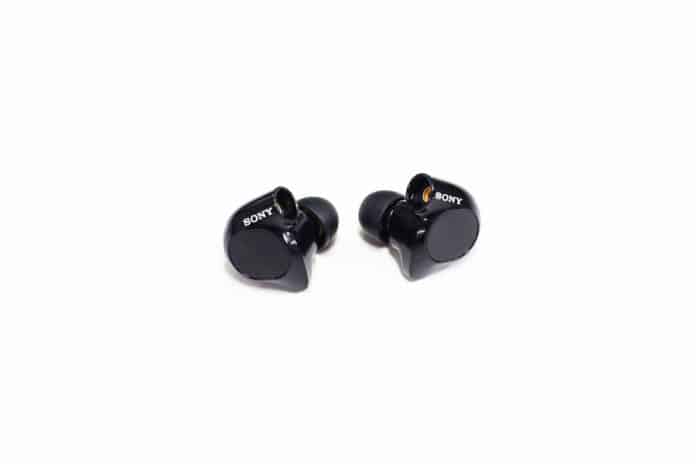A few days ago, I delved into the new Sony IER-M9, denuding its sonic secrets. And today, I’m holed up in the MajorHiFi Review Office with its sister model, the $799 Sony IER-M7. Packing four drivers per ear and the same low-distortion internals featured on the higher-end M9, the M7 has me itching to listen. But is the sound worth the scratch?
Sony IER-M7 Review
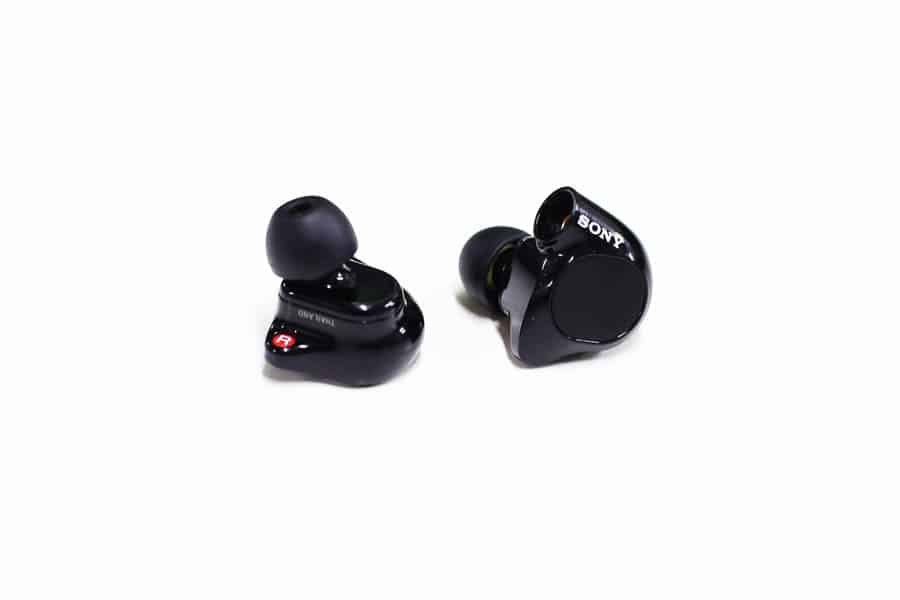
The IER-M7 has almost the exact same dimensions as the M9, but in a plastic housing with what appears to be a brass nozzle.
Inside that plastic housing, an integrated titanium chassis holds four BA drivers, as well as a film capacitor to minimize distortion.
Wearing the M7, this model is even lighter than the M9, fitting like a dream. The soft memory wire on the cabling is a nice touch, too, and never seems to stiff or too loose.
Included in the box are two cables – both measure 4 ft (1.2 m), but one terminates in a 3.5 mm connection, while the other has a 4.4 mm balanced plug.
Also included with these earphones, you’ll discover thirteen pairs of eartips, as well as a carrying case, cable clip, and cleaning tool.

Specifications
Frequency Range: 5-40,000 Hz
Nominal Impedance: 24 ohms
Sound Pressure Level (SPL): 103 dB
A wide frequency range promises some good attention to detail in the lows and highs, while that low impedance looks especially good for low-output devices. At 24 ohms, the M9 won’t need copious amounts of amplification and will work just fine with computers, phones, and personal audio devices. Lastly, the sound pressure comes in at a decent 103 decibels, so volume shouldn’t really be an issue unless you really like to blast those eardrums.
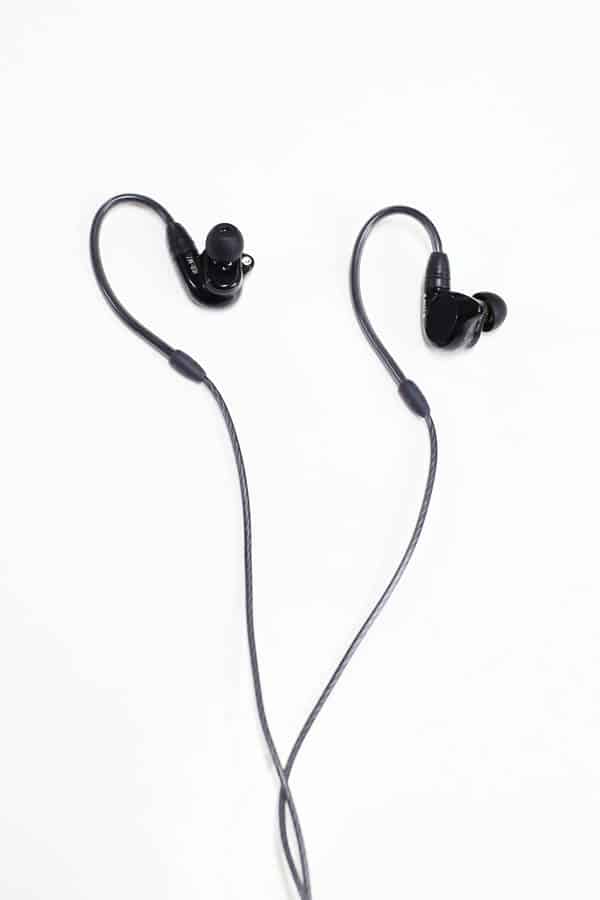
Low End
For some reason – maybe personal prejudice – I was expecting a bassier low end. However, I was pleasantly surprised to find the IER-M9 a little more reserved in this department. While detailed and engaging, the low end as a whole never gets too intense or crazy. Bass response follows this general recipe, feeling crisp and precise but not too overemphasized. Overall, this part of the frequency range sounds incredibly accurate and controlled, and may bode well for the rest of the sound, too.
Midrange
Vocals come through smooth and clean, with an ever-so-slight forwardness. Instrumentation retains plenty of detail, but the separation and clarity still allows for solid contrast. There’s no distortion or compression here, the sound remaining rich and full no matter what I pipe into the Sony IER-M7. To be honest, I usually balk at mids on Sony headphones and earphones, but these ones have me in quite the tizzy. Rest assured, if you’re looking for a fine, smooth (but still articulate) midrange, the M7 has the drug you crave.
High End
Slightly rolled off, the highs compliment the sound of the lows and the mids, but might lack the slightest bit of detail in the highest highs. For female vocals, the result is a more relaxed and luxurious sound. Meanwhile, for instrumentation, the minor lack of nuance in the upper limits of the high end might bug some listeners. That being said, I found high end near-perfect, never becoming too piercing or uncomfortable even when strings rise to crescendo.
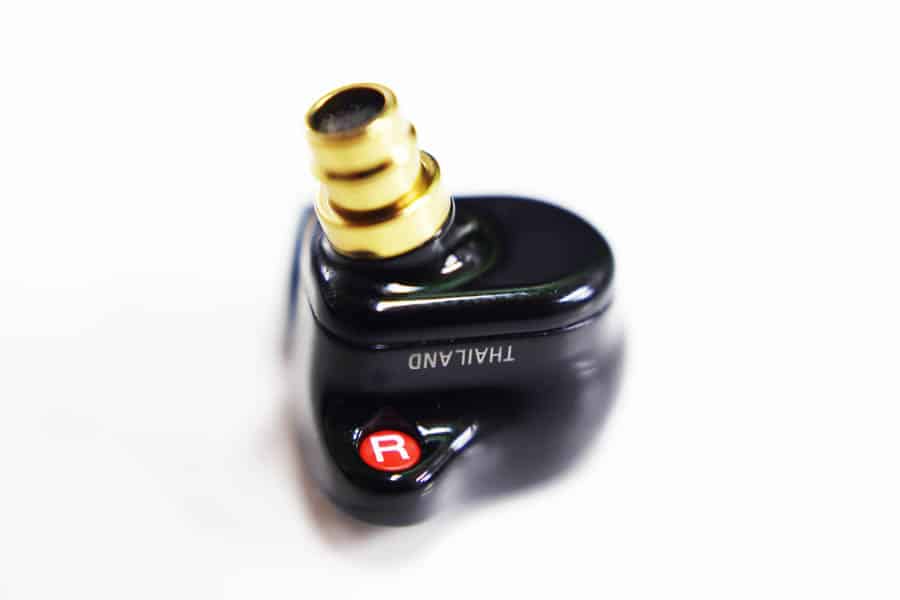
Soundstage
Despite the in-ear design, the even-keeled sound and separation do much for the M7’s sense of soundstage. While not eargasm-inducingly open, there’s still a wealth of depth here, and some room, too. This allows all of my test tracks to breath, and showcases good placement between instruments and vocals.
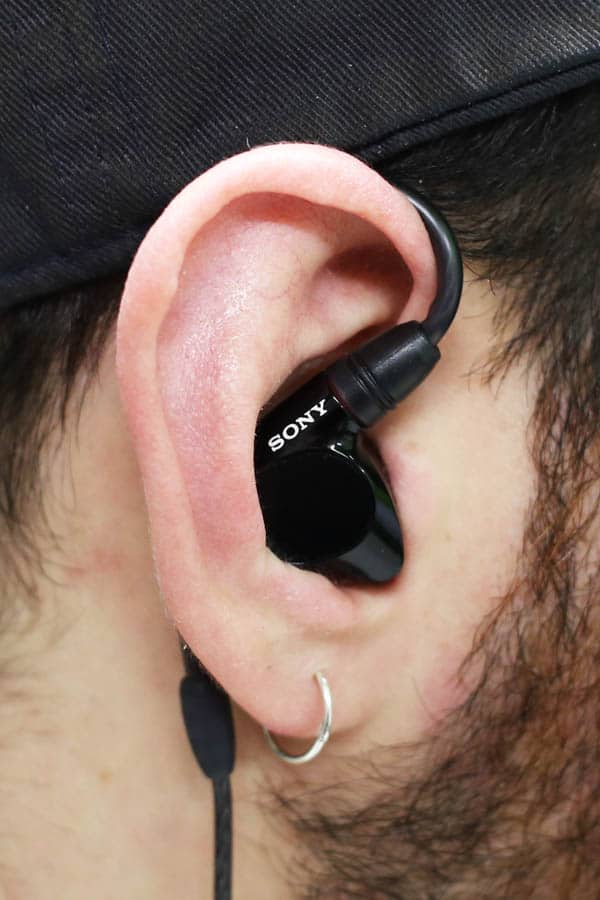
Other Observations
The longer I listen to the IER-M7, the more I like it. With plenty of detail and an undeniable vein of accuracy running through the sound, the M7 provides me with a killer sound and an impressive benchmark earphone. If I were a musician, it would make an excellent monitor. But for listening, I’m still head over heels in love with it, as I actually prefer its neutral nature.
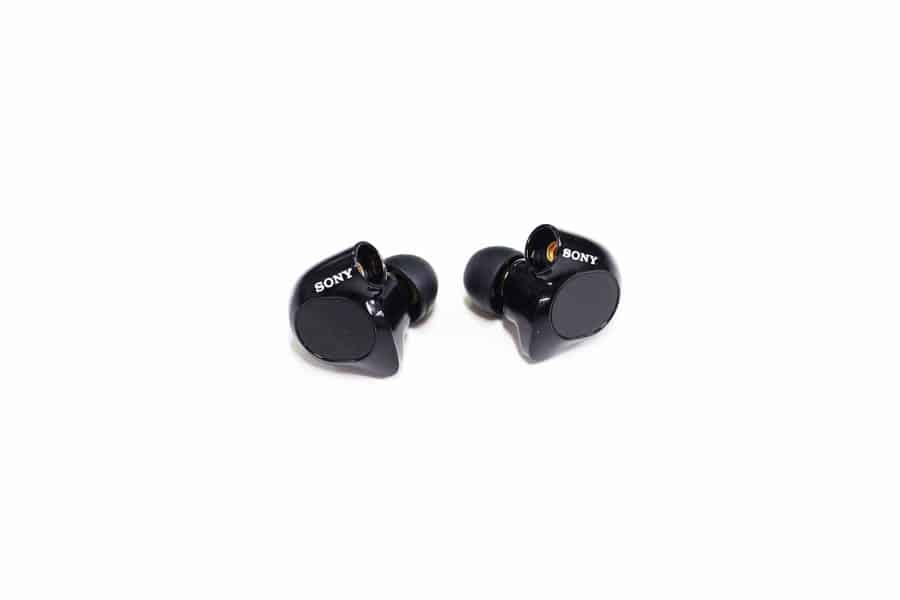
Recommendations
For anyone in need of a high-end (but still neutral) sound, the lack of coloration or over-emphasis in the M7 will prove a godsend. For audiophiles, some may actually prefer this sound (like yours truly).
However, if you’re after a more v-shaped sound, my first recommendation would be to skip the M7 entirely and consider the Westone W80. Still balanced, the sound here might offer a bit more treble and bass than the M7, albeit with a higher price tag (at $999).
If a warmer sound profile proves more your cup of tea, I’d tip my hat in the direction of the Noble Audio Dulce Bass (at $699). Like the Sony IER-M7, this model uses BA drivers exclusively – but offers five instead of four, and with more emphasis on the low end.
Final Analysis
With its thick and full sound, the $799 Sony IER-M7 offers a solid IEM for anyone in need of detail and accuracy. While the neutral, workaday sound may not be the stuff every audiophile dreams of, the M7 still offers inarguable value for folks who want to hear music in its purest, most unadulterated state.
You can get these IEMs for the best price here:
Audio 46 (Use our promo code, “majorhifi” to get 10% off)
MAJORHIFI may get a commission from retail offers.
MAJORHIFI may receive commissions from retail offers.


